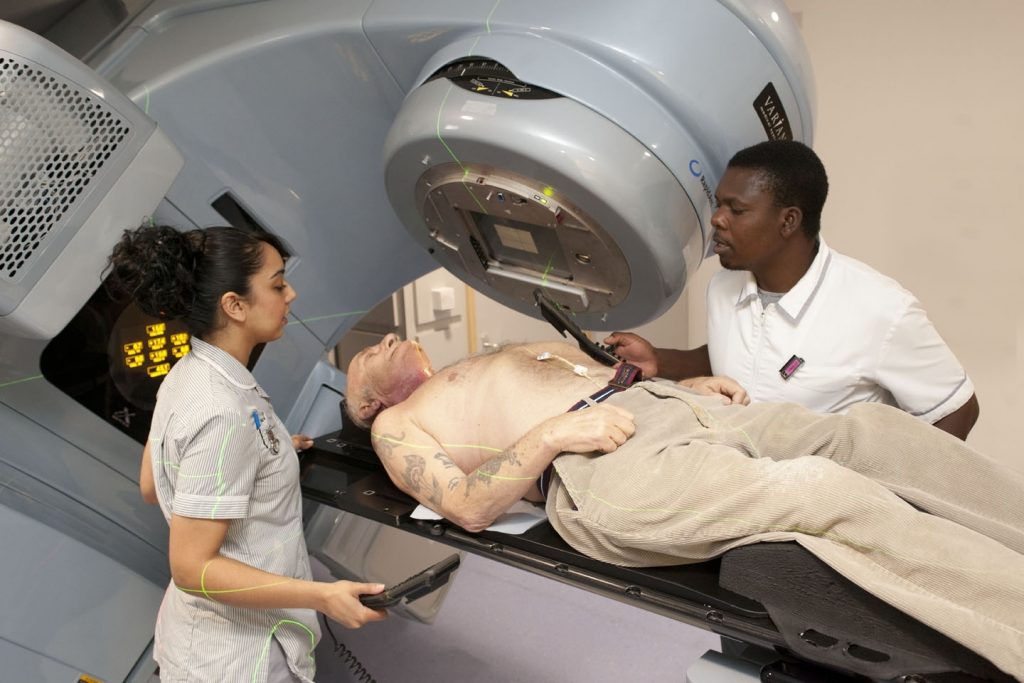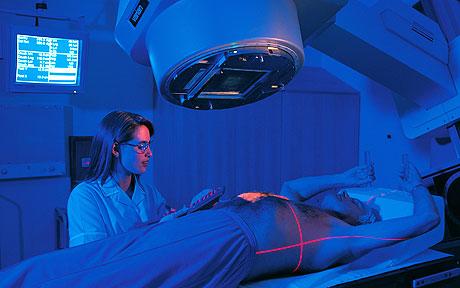Receiving a cancer diagnosis is never an easy thing to go through. And while you may have heard of the different treatments for cancer in the past, you may not have given them much thought before. That is, until you yourself received a cancer diagnosis from a doctor. Then, all you can likely think about on any given day is cancer and cancer treatment. In order to better understand one of the most prevalent and helpful treatment options available for a cancer diagnosis, get to know some of the important facts about radiation therapy. Then, you can be sure that you get the cancer treatment you need right here in Denver, Colorado.

Understanding What Radiation Therapy Is:
Radiation therapy is a form of cancer treatment that uses x-rays or other forms of intense radiation energy like photons, gamma rays and the like, to target cancerous tissues and tumors that need to be eradicated. This treatment can also be referred to as radiotherapy, x-ray therapy, or irradiation. The energy waves are designed to either destroy or damage the cancer cells to prevent them from replicating and the cancer from spreading and from remaining in the body.
How Radiation Therapy Is Administered:
There are two primary ways that radiation therapy can be administered depending on the type of cancer that you have and the location and size of the tumors. The most common form of radiation therapy is administered in an oncologist’s office by someone who has received a degree from one of the many schools for radiation therapy like GMercyU, and is known as external radiation. The radiation energy is beamed into the body for several minutes during the session at regular intervals over the course of a few months or even longer. The radiation therapy is aimed at the tumor to try to shrink it to make it operable or to get rid of it altogether.
On the other hand, radiation therapy can also be administered internally. This means that during surgery, your oncology surgeon will implant tiny seeds of materials that emit radiation in low doses over a prolonged period of time. This is generally a treatment option that is used when a tumor has been removed but the margins are uncertain or the tumor cannot be removed in its entirety. This can also be used as a preventive measure to ensure that cancer does not recur in the same location.
Side Effects and Risks:
Radiation therapy is not without its side effects or risks. Healthy tissue can also be affected by this form of treatment meaning that it can become damaged in the process. Fatigue is a common side effect of radiation therapy because of the effect that it can have on both the cancer and healthy cells. Hair loss can also occur as a result of the treatment. Other side effects include trouble eating, weight loss, and reduced white blood cells. This loss of white blood cells makes the patient more susceptible to infection until those blood counts go up.
Now that you know more about radiation therapy, you can go into your cancer treatments prepared for what is to come and the effects that treatment can have.































No Comments
Leave a comment Cancel